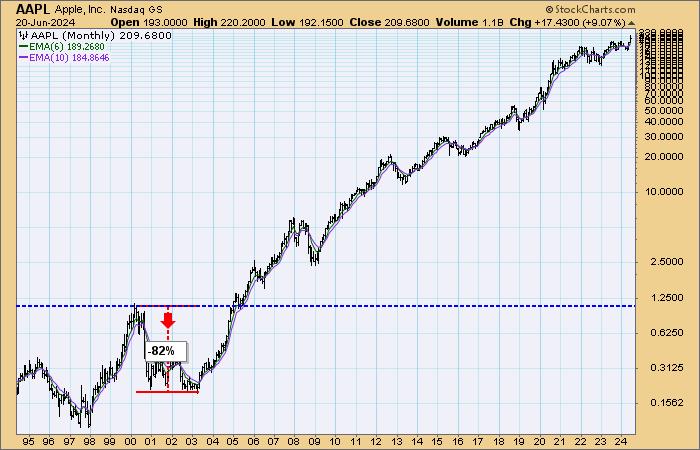
Dot.com Debacle: A Case of Deja Vu?
The Phenomenon of Deja Dot Com Disaster
The term ‘Deja Dot Com Disaster’ pertains to the sharp decline that rattled the technology industry in the early 2000s, closely mirroring the events of the 1990s dot com bubble. It was a period of significant turmoil, shareholder agony, and immense market recalibration, which radically altered perspectives on tech investments. Drawing its name loosely from the term ‘deja vu’, it signifies a recurring instance of an earlier event, referencing the dot-com bubble that took place in the 1990s.
The rise and fall of countless tech ventures during this ‘Deja Dot Com Disaster’ were a focal point of economic activity during the early 2000s. A closer examination of this period reveals insights on risk management, viability analysis, and eventual market resilience.
Catalysts of the Deja Dot Com Disaster
Several factors contributed to the momentum of the Deja Dot Com Disaster. Expanding internet usage and the emergence of new technologies were principal drivers, igniting the rapid proliferation of online firms. Investors, lured by the promise of high returns, poured enormous capital without giving due attention to business fundamentals such as cash flow and profitability.
Suddenly, the landscape was filled with start-ups, offering everything from online pet supplies to instant messaging platforms. Tech companies, even those without robust business models or clear paths to profitability, were able to raise substantial funds in initial public offerings (IPOs). The significant cash burn rate, coupled with a lack of profitability, became a widespread and alarming phenomenon.
The Burst and Its Aftermath
The bubble inevitably burst when it became clear that many of these businesses were not meeting their profitability forecasts. The inflated expectations around profitability led to a widespread collapse in technology shares, inflicting damage across global equity markets.
Banks, investment firms, and individual owners who had heavily invested in these tech start-ups were suddenly left holding worthless stock. Moreover, the sudden surge in web services also led to an overload of bandwidth demand, leading to the collapse of several telecom and networking companies that could not keep up with the demand.
In the wake of this disaster, the global marketplace went into a state of extreme caution concerning web-based businesses. Companies scrambled to rebuild and stabilize. Start-ups fell apart or were liquidated, but some learned invaluable lessons and managed to survive, paving the way for the next generation of tech companies.
Learning from History
Despite the negative impacts, Deja Dot Com
